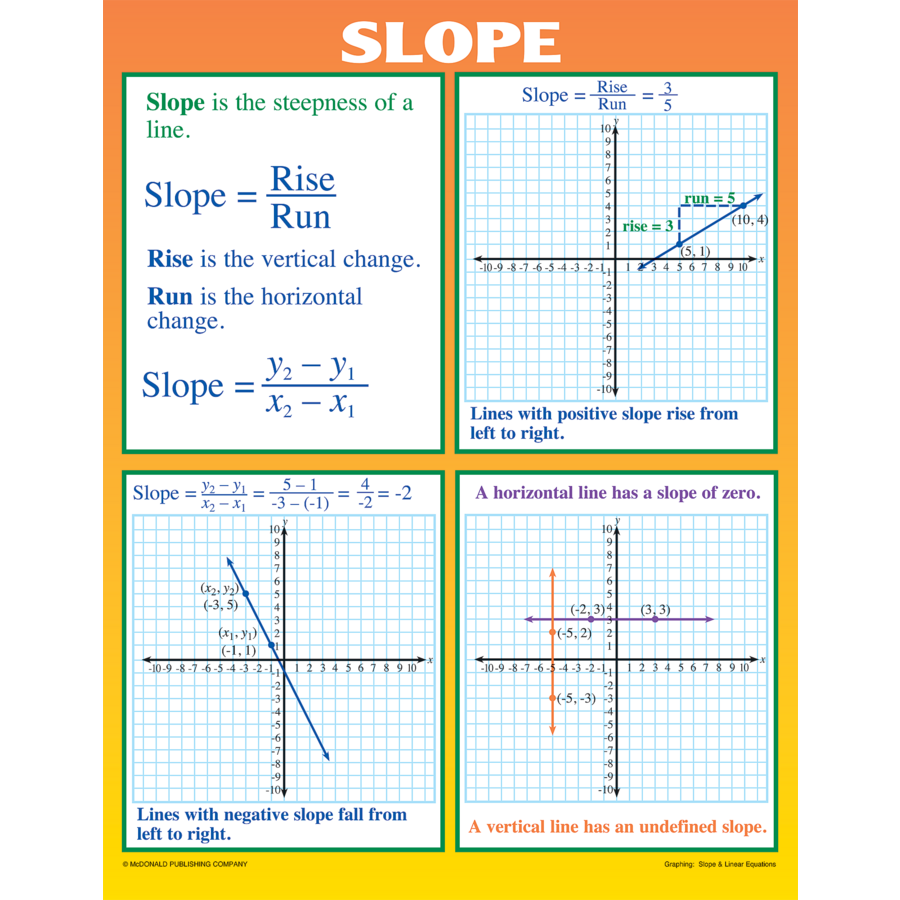

The graph itself should then be labeled $\,y=f(x)\,$ the outputs (the second coordinates of the points) are placed along the $\,y$-axis. the inputs (the first coordinates of the points) are placed along the $\,x$-axis (Read this aloud as: “The graph of $\,f\,$ is the set of all points of the form $\,x\,$, comma, $\,f\,$ of $\,x\,$, with the property that $\,x\,$ is in the domain of $\,f\,$.”) The graph of $\,f\,$ is the picture of all its (input,output) pairs. We repeat until we have multiple points, and then we draw a line through the points as shown below.Let $\,f\,$ be a function with domain $\,\text(f)\,$. Starting from our y-intercept (0, 1), we can rise 1 and then run 2 or run 2 and then rise 1.

We encountered both the y-intercept and the slope in Linear Functions.į\left(x\right)=\frac, which means that the rise is 1 and the run is 2. The slope of a linear function will be the same between any two points. Another way to think about the slope is by dividing the vertical difference, or rise, between any two points by the horizontal difference, or run. The slope of a linear function is equal to the ratio of the change in outputs to the change in inputs. Recall that the slope is the rate of change of the function. The other characteristic of the linear function is its slope, m, which is a measure of its steepness. To find the y-intercept, we can set x=0 in the equation. The first characteristic is its y-intercept which is the point at which the input value is zero. Graphing a Linear Function Using y-intercept and SlopeĪnother way to graph linear functions is by using specific characteristics of the function rather than plotting points. Choosing three points is often advisable because if all three points do not fall on the same line, we know we made an error. Evaluating the function for an input value of 2 yields an output value of 4 which is represented by the point (2, 4).

Evaluating the function for an input value of 1 yields an output value of 2 which is represented by the point (1, 2).

For example, given the function f\left(x\right)=2x, we might use the input values 1 and 2. In general we should evaluate the function at a minimum of two inputs in order to find at least two points on the graph of the function. We then plot the coordinate pairs on a grid. The input values and corresponding output values form coordinate pairs. To find points of a function, we can choose input values, evaluate the function at these input values, and calculate output values. The third is applying transformations to the identity function f\left(x\right)=x. The second is by using the y-intercept and slope. The first is by plotting points and then drawing a line through the points. There are three basic methods of graphing linear functions. We were also able to see the points of the function as well as the initial value from a graph. We previously saw that that the graph of a linear function is a straight line. Graph a linear function using transformations.Graph a linear function using the slope and y-intercept.Graph a linear function by plotting points.


 0 kommentar(er)
0 kommentar(er)
